
Some of the best, and most obvious, advice to give anyone trying to get into cinema is to just be patient, and pay attention at all times. It is axiomatic for sure, but this advice is even more prevalent when considering slow, meandering cinema. It can be tempting to wander off and lose focus, but remaining diligent is what is going to provide the best understanding and enjoyment of the content over anything else.
The history of slow cinema runs the gauntlet of auteur legends such as Carl Theodor Dreyer, Ingmar Bergman, Chantal Akerman, Yasujiro Ozu, and Michelangelo Antonioni. Since the infamous boos and jeers directed towards the groundbreaking L’Avventura at Cannes, slow film has always seemed to have an uphill struggle to find a proper home. Now many filmmakers are applauded for such “relentless” pacing.
In fact, from an academic and historical point-of-view, slow film is entirely antithetical to classical style filmmaking. Old (and new) films are dominated by successive cutting, varying of shots/angles, and utilizing the Kuleshov effect to its fullest for easier plotting. Usually classic Hollywood films did this so the editor could cover up any mistakes or discrepancies.
Now it seems as if newer, mainstream films are vying for audience attention with as much visual stimuli as possible. However, many slow films like to have the mise-en-scène at such a minimum to where it seems as if nothing is happening. Some directors have a preference for keeping the camera at a long or medium-long shot to maintain verisimilitude, letting the scene play out in sequence.
There are many fantastic slow films, but these 20 films are emblematic of what the style/technique has to offer.
1. Gertrud (1964)
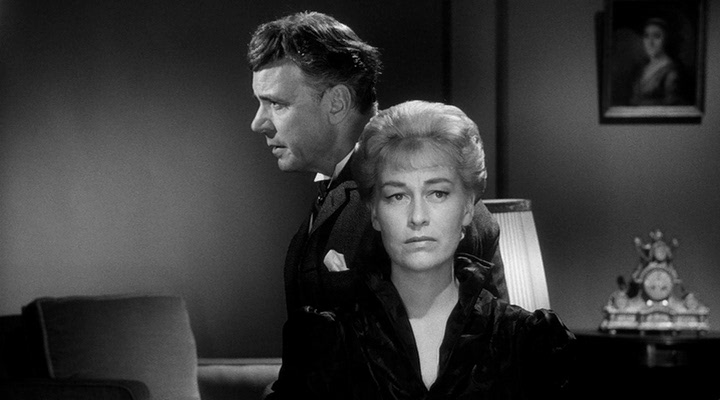
Carl Theodor Dreyer’s last film was met with venom by audiences during its original festival run. However, meeting a similar fate to that of L’Avventura, critics came around to its languid pace and minimal blocking. The titular character (Nina Pens Rode) is a retired opera singer who has lost faith in her husband’s feelings for her. She believes he is too invested in his career to really love her, so she leaves him in favor of another man that loves her more than anything else.
Apart from being an incredibly beautiful film, Gertrud is an amazing character study. Watching the film from the perspective of Gertrud is potentially liberating from a feminist angle as she rejects all men she feels unfit. However from the perspective of her lovers, it can be almost infuriating as her needs may seem too extravagant and impossible to satisfy. This quasi-battle of love is the meat of the film and the long takes help symbolize the burden that rests in Gertrud’s heart.
2. Mouchette (1967)
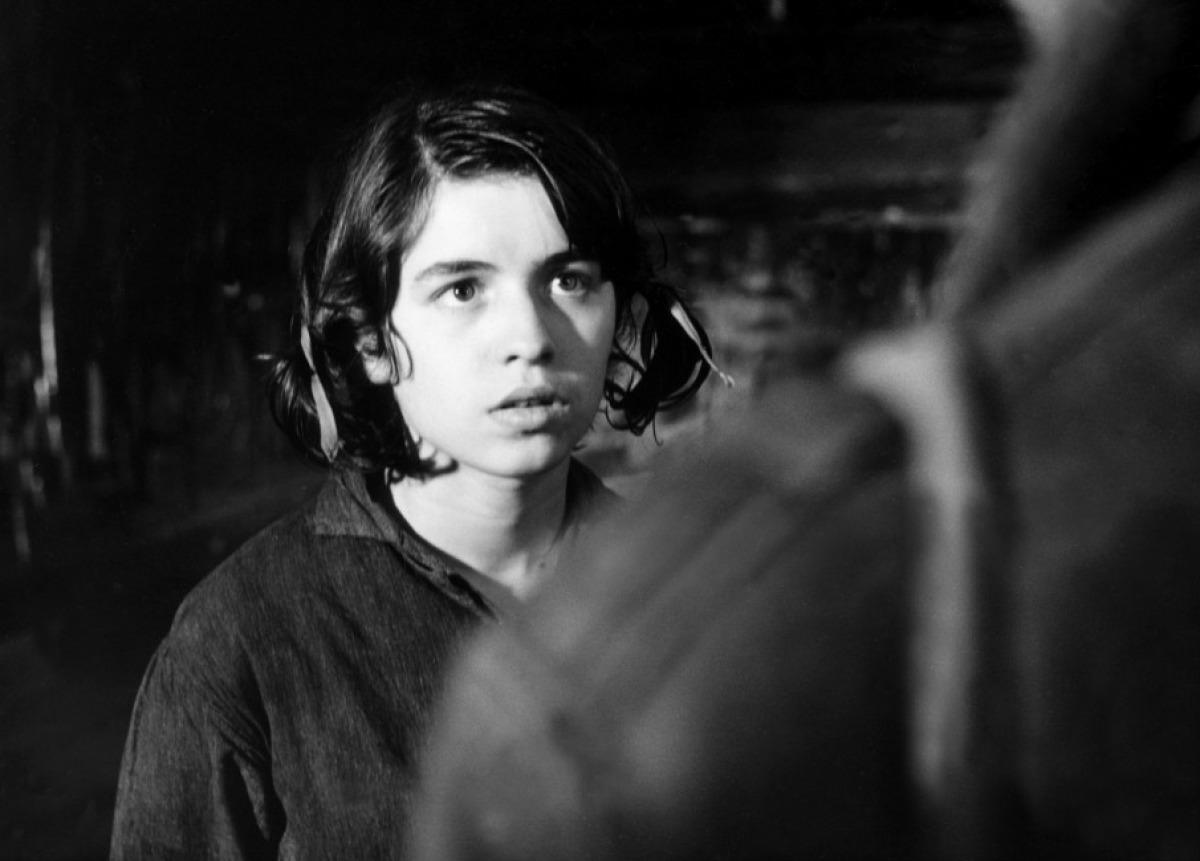
Continuing with his trademark stoicism, Bresson tells the tale of a neglected pubescent girl, Mouchette, living in a French village where she is vilified for no apparent reason. Running at a brisk 80 minutes, the story slowly unravels as her life gets more and more despondent. She simultaneously gives and takes abuse from everyone around her, creating a cyclical atmosphere of pain and misery.
Not Bresson’s slowest film, but it may be his most humane after Balthazar and Diary of a Country Priest. One scene exemplifies the cruelty in Mouchette, early in the film while she is at school, Mouchette is taunted by her her classmates for her ragged appearance, and then her teacher humiliates her by grabbing her head, putting her ear near the piano, and pounding out the correct notes because Mouchette could not sing in tune.
3. Nostalghia (1983)
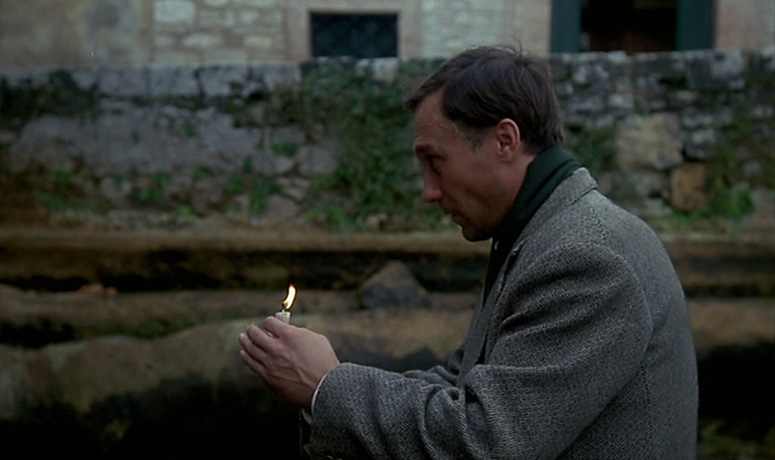
A sort of parable on Tarkovsky’s own life, like the protagonist of Nostalghia he leaves Russia to work in Italy (they even share the same first name, Andrei), though unlike the protagonist, Tarkovsky’s relationship with Russia was very strained. But those are the only major similarities as Nostalghia’s Andrei is a writer researching the life of 18th-century Russian composer Pavel Sosnovsky, however he is indecisive over how to approach his work, falling into a somnambulist state.
The premonition(s) about the end of the world delivered by an eccentric man named Domenico (Erland Josephson) may parallel the mentality about the Cold War at the time—though Tarkovsky’s last film, Offret, is unequivocally about the apocalypse. Such existential dread reach its height by the denouement of Nostalghia.
4. In Vanda’s Room (2001)
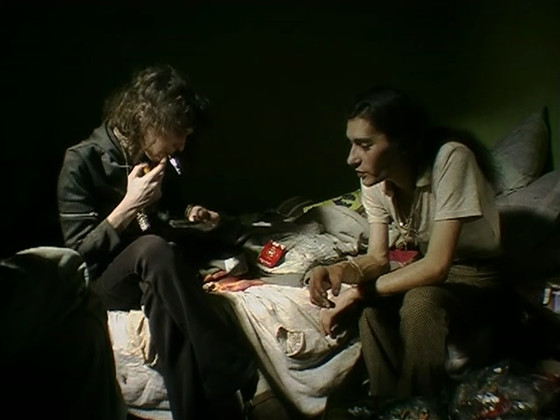
In response to the poverty and marginalization of immigrants in the slums of Lisbon, Costa directs a story focused on the titular character’s quality of life and heroin addiction. The second film in an unofficial trilogy about said slums of Lisbon, Portugal (proceeded by Ossos and succeeded by Colossal Youth) is the most verbose of the series. Pedro Costa utilizes cinéma vérité to such an extent that it would not be far-fetched to insinuate it being an actual documentary. Alas, this extreme, elusive style is called docufiction.
Costa—acting as the director of photography—lets his minimal, static camera take on the characteristics of a fly on the wall, observing the inhabitants of the barrio at their most inebriated and sober states. No traditional narrative is present here, instead it is more like a series of tableaux involving Vanda and other addicts getting high and turning into a conscious vegetables.
5. Blissfully Yours (2002)
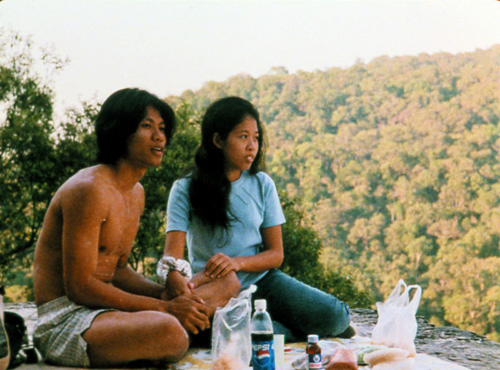
Apichatpong Weerasethakul’s sophomore film, and first narrative film, is a fantastic place to start when wanting to gain some experience with his idiosyncratic style, sense of humor and habits. Which, as aforementioned earlier, he is keen on placing the camera away from the actors, letting the scenes play out without too much cutting. The subversion of classical editing gives the illusion that nothing is happening, but on the contrary Blissfully Yours is a rich film.
An illegal immigrant has a severe rash on his upper body and throughout the film his lover tries to console the pain. On the surface it is a love story, but the actual affection the characters try to espouse on each other feels artificial. Their relationships are just a means of escape from their dull lives.
6. A Brighter Summer Day (1991)
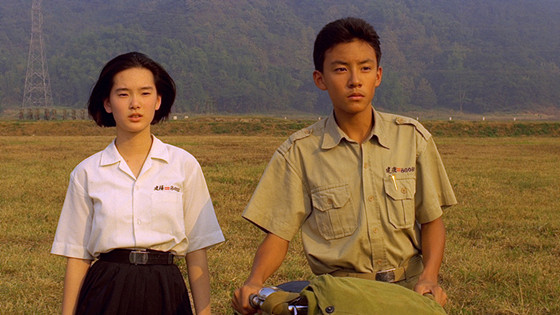
The second longest film on the list, its runtime seems to usurp all dialogue that accompanies this Taiwanese masterpiece. This is unfortunate because out of all the epic films on this list (any film over 3 hours), A Brighter Summer Day may be the most accessible one.
Because if one follows the two most important mantras with slow cinema: be patient and pay attention, then he or she will find a heartbreaking, albeit hard to follow, and rewarding drama about a teenage boy living in Taipei, getting involved in gangs, and trying to survive the turbulent times of the late 1950s (especially for Chinese immigrants trying to escape the political turmoil in mainland China).
Thanks to the World Cinema Foundation and the Criterion Collection, these institutions exhumed Yang’s film out of full obscurity in 2016. So now there is no real reason to pass on this gem anymore.
7. 4 Months, 3 Weeks and 2 Days (2007)
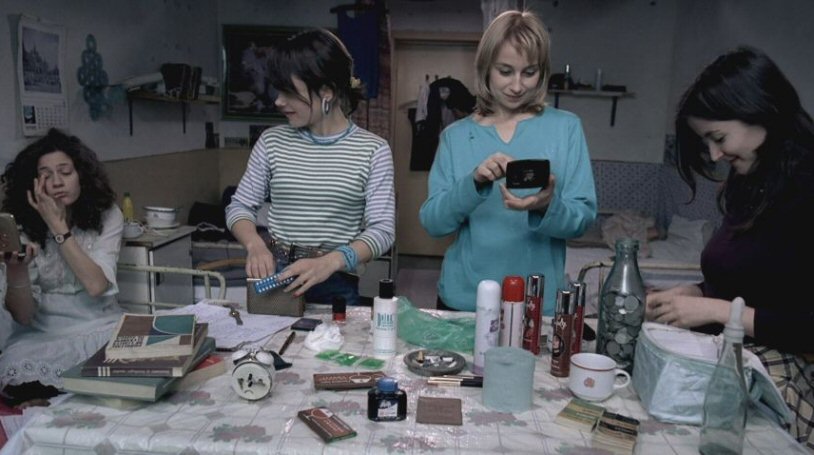
Ostensibly, 4 Months, 3 Weeks and 2 Days is a simple film about a woman in her fourth month of pregnancy trying to get an abortion during the oppressive communist regime of Romania. It is a powerful story criticizing the policies of that era, showing the difficulty it takes to get a pregnancy voluntarily terminated. Director Cristian Mungiu gives a very nuanced approach to such a controversial subject matter.
The languid pace works in favor of 4 Months, 3 Weeks and 2 Days because it exemplifies the anxiety the two girls are facing by taking the viewer, as if they are in real time, through each step they take. The grungy, hyper-realistic cinematography begins to resemble a nightmare where everything is suspect.
8. Gerry (2002)
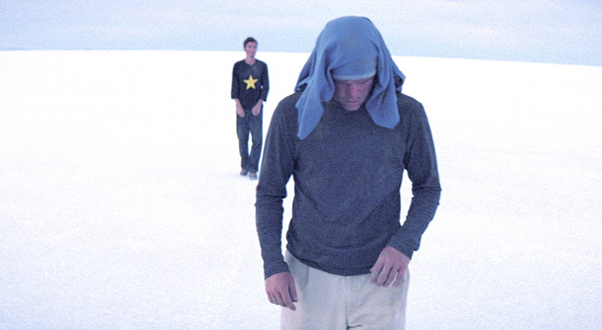
Possibly Van Sant’s most experimental film, it is the first film of his death trilogy and it follows two men named Gerry (Matt Damon and Casey Affleck). Without reason they begin trekking the desert but end up lost and disoriented. Its non-narrative format is a unique approach to the survival genre.
Emulating the style of Béla Tarr’s long takes, Van Sant utilizes these techniques to make the viewer feel the full brunt and mundanity of their journey. As the eponymous men start wandering, they lose track of their trail and the sparse dialogue conveys a sense of acceptance on the part of these two men—an acceptance of death, or failure even.
The most obvious homage to Béla Tarr is during a scene in which the two Gerrys are right next to each other, walking in sync, with Damon a few inches ahead of his partner and the framing in a close-up of both their heads casted down to the ground (they probably used a telephoto lens to squeeze the background). This is a great little easter egg for Tarr connoisseurs, especially fans of Werckmeister Harmonies because that is the film Van Sant is alluding to.
9. Beau Travail (1999)
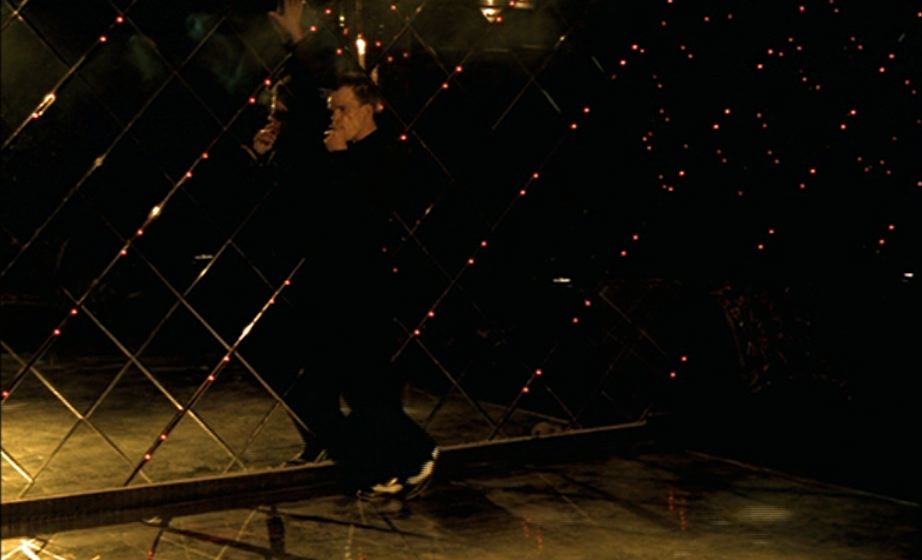
Claire Denis’ non-linear story about a discharged French Foreign Legionnaire, Chief Adjutant Galoup (Denis Lavant), reminiscing over his experiences during the final months of his service in the Legion.
Beau Travail has thematic overtones of closeted homosexuality asserted by Galoup as the film is entirely in his head. Many scenes depict his men perpetually working out and interacting with each other, so it is no surprise to see him get a little perturbed over the new recruit, Gilles Sentain, as he becomes very popular among Galoup’s men in a short amount of time.
Cinematographer Agnès Godard’s soft focus and Denis’ elliptical editing style creates a dream-like tone that reflects Galoup’s depressed, dissociative mental state. The pacing here fits the film’s structure because it only makes sense that a person’s memories would methodically unravel, even if they are sporadic in nature.
10. Kippur (2000)
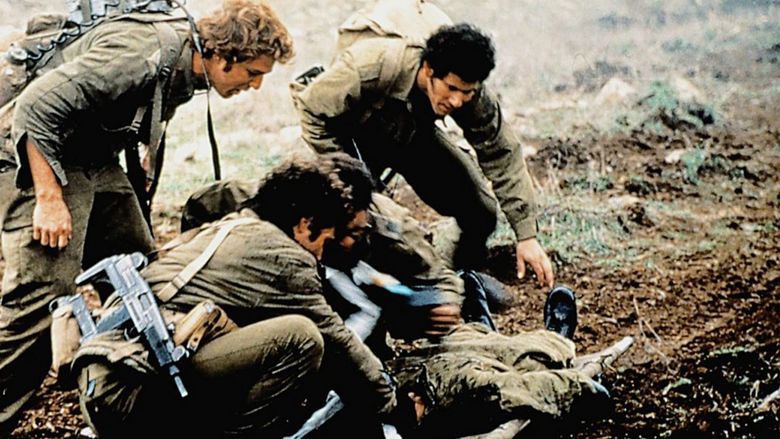
Probably a film that would not be considered slow cinema in the traditional sense. Some things do happen at an intense rate. Such as the two war volunteers, Weinraub and Ruso, are immediately sent to war within the first 25 minutes. But the rest of the film simply follows the pair as they work in a helicopter supported, first-aid rescue team for the Israeli government during the Yom Kippur War of 1973. This is the heart of the film, the reason why Amos Gitai rushed pass the expository heavy first act.
Gitai is doing what many slow film practitioners do, and that is keep the camera from obfuscating the action and not cutting a single frame. One powerful scene in Kippur is a perfect example of this style, the sequence relays the tension and frustration it takes to put your life on the line to save total strangers.
During a routine rescue, the ground is muddy and porous causing the crew to lose footing as they try to balance an injured soldier on a stretcher. Their attempts at sending him back to the helicopter are thwarted because he keeps slipping off the pallet. This ordeal goes on without fail for a few arduous minutes. It is truly harrowing.